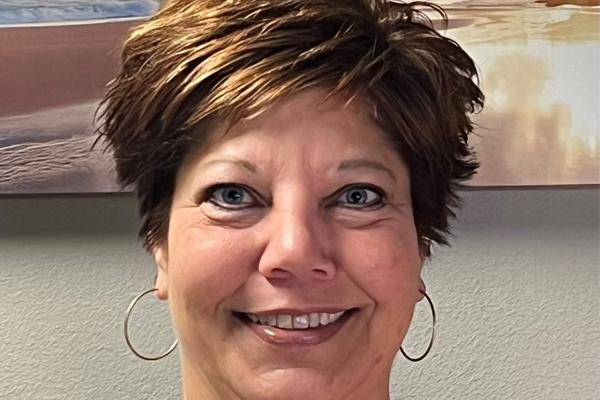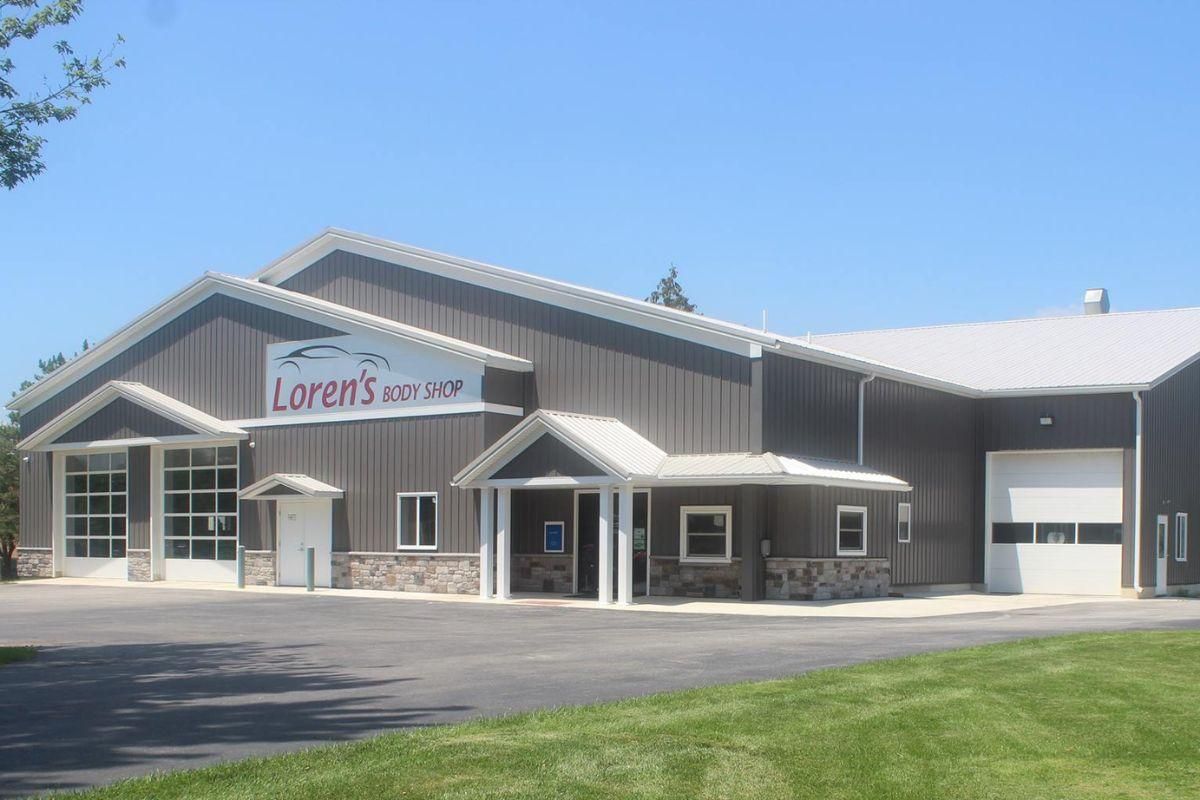How are single-location shops viewing the consolidation happening within the collision industry? A handful of shop owners recently discussed their level of concern about competition from larger collision repair businesses on a scale of 1 to 10, with 1 being the lowest and 10 the highest.
Third-generation shop owner Greg Lobsiger of Loren’s Body Shop in Bluffton, IN, gave it about a 5.
“Fortunately, we are in kind of a niche: We are the dominant shop in a small market,” Lobsiger said. “I never want to take that for granted, of course, because an MSO could show up at any time. The catch is: My town only has a population of 10,000.”
Randy Botella, owner of Reliable Collision Repair, a 15,000-square-foot shop in West Warwick, RI, said he’s not worried about competition from multi-location shops.
“We do not participate in any direct repair programs, and that is the source of work for [most] MSO shops, so it will likely not affect me much,” Botella said.
Sue Black of Dean’s Auto Body in Sheboygan, WI, rated her level of concern about larger collision repair businesses as a 4.
 Sue Black.
Sue Black.
“Competition can be a wonderful thing,” Black said. “It strengthens you to never become complacent, makes you continuously review if you are providing your customers with outstanding service, and forces you to open your eyes to new products and procedures. As an independent collision repair facility, changes can happen easier for us.”
Justin Lewis of Accurate Auto Body in Redmond, WA, responded with a 1, saying his company is adding 36,000 square feet of space to its operation, making it among the shops with the largest footprint in the state. Even before the expansion, the shop is repairing about 130 vehicles a month, with more than 70% of those being electric vehicles.
As president of the Washington Independent Collision Repairers Association, Lewis said he views his “competition” more as an opportunity to improve the industry through networking and mutual support.
“My bigger concern is competitor shops that don’t properly write repairs and make it harder for my customers to receive proper compensation for theirs,” Lewis said.
Tanner Kemna, a second-generation owner of Kemna Collision Repair in Jefferson City, MO, also isn’t too concerned, knowing that family-owned shops like his, with 15 employees, can “make decisions quickly and efficiently about equipment, shop upgrades, pay structures, etc.”
“We work to make our processes as efficient as possible, and that allows us to keep pace with pay that larger shops can offer, and we have built a culture that is inviting and hard to leave,” Kemna said. “We have excellent customer service, and rely on that and repair quality to gain customers instead of relying on DRP contracts that can be changed at the drop of a hat.”
Things can look different for owners of smaller shops, however. D&B Auto Body repairs between four and eight cars a week in Sauk Rapids, MN. Co-owner Nikki Anderson rated her concern about larger competitors as quite high.
“It seems the bigger they are, the more DRPs they have, holding the labor rate as low as possible,” Anderson said. “They are also able to negotiate better rates on paint and materials due to their volume, which leaves us less and less able to be competitive. I know the customer owes the bill and insurance owes them, but there is not a lot of discretionary income in our area, so customers may pull their cars [from our shop] if they owe any more than their deductible. I can’t fault them for that, when insurers tell them they only owe their deductible.”















John Yoswick